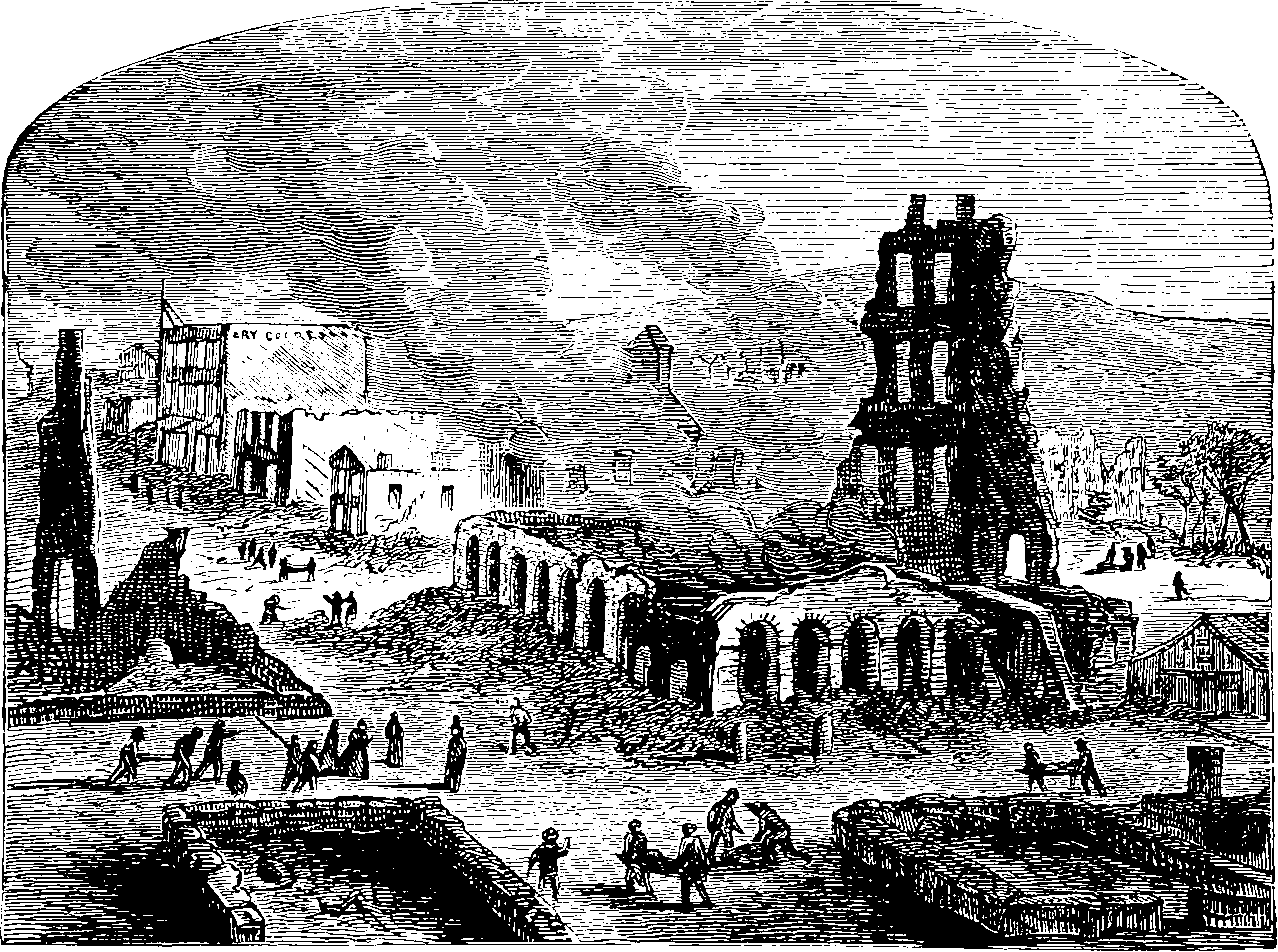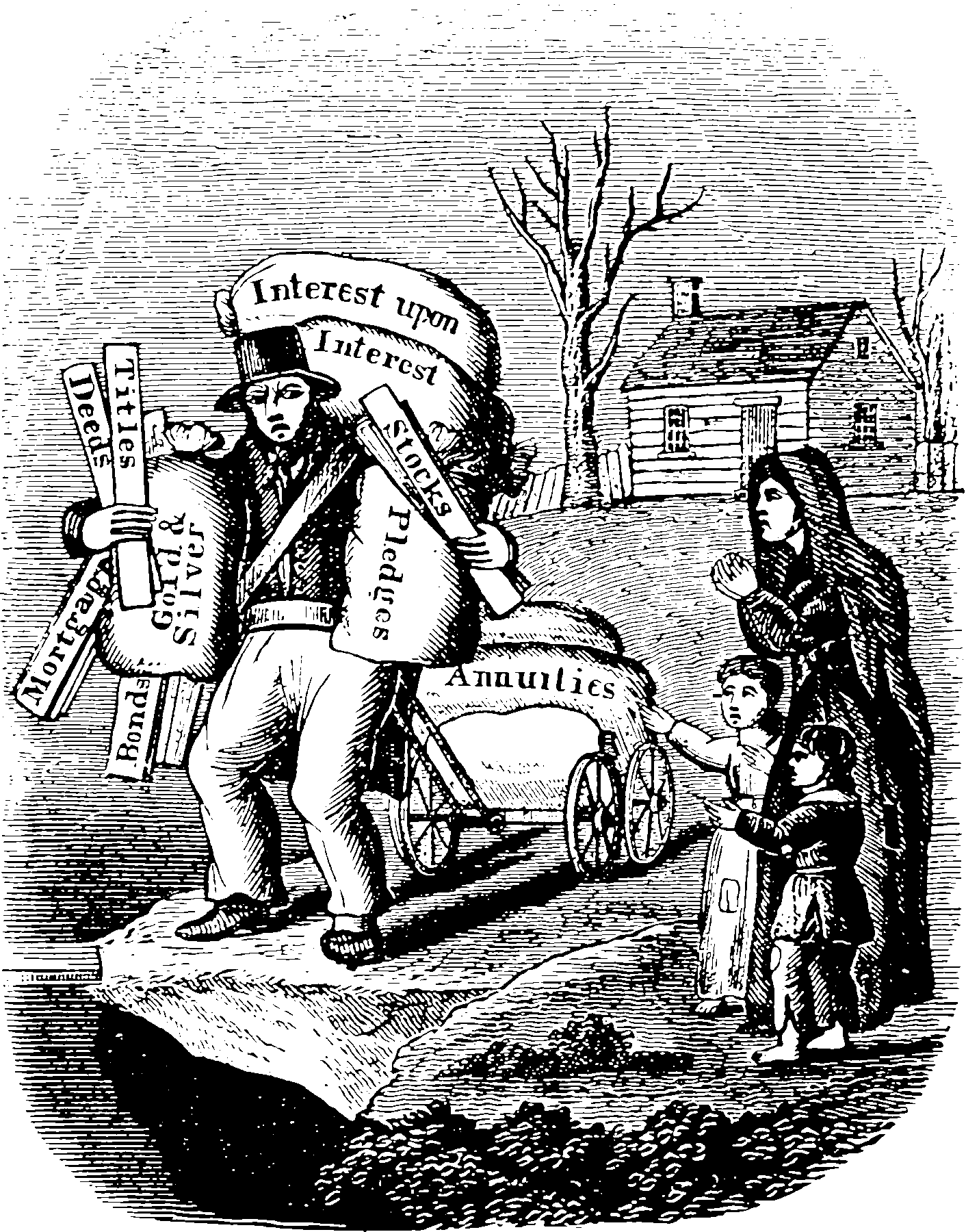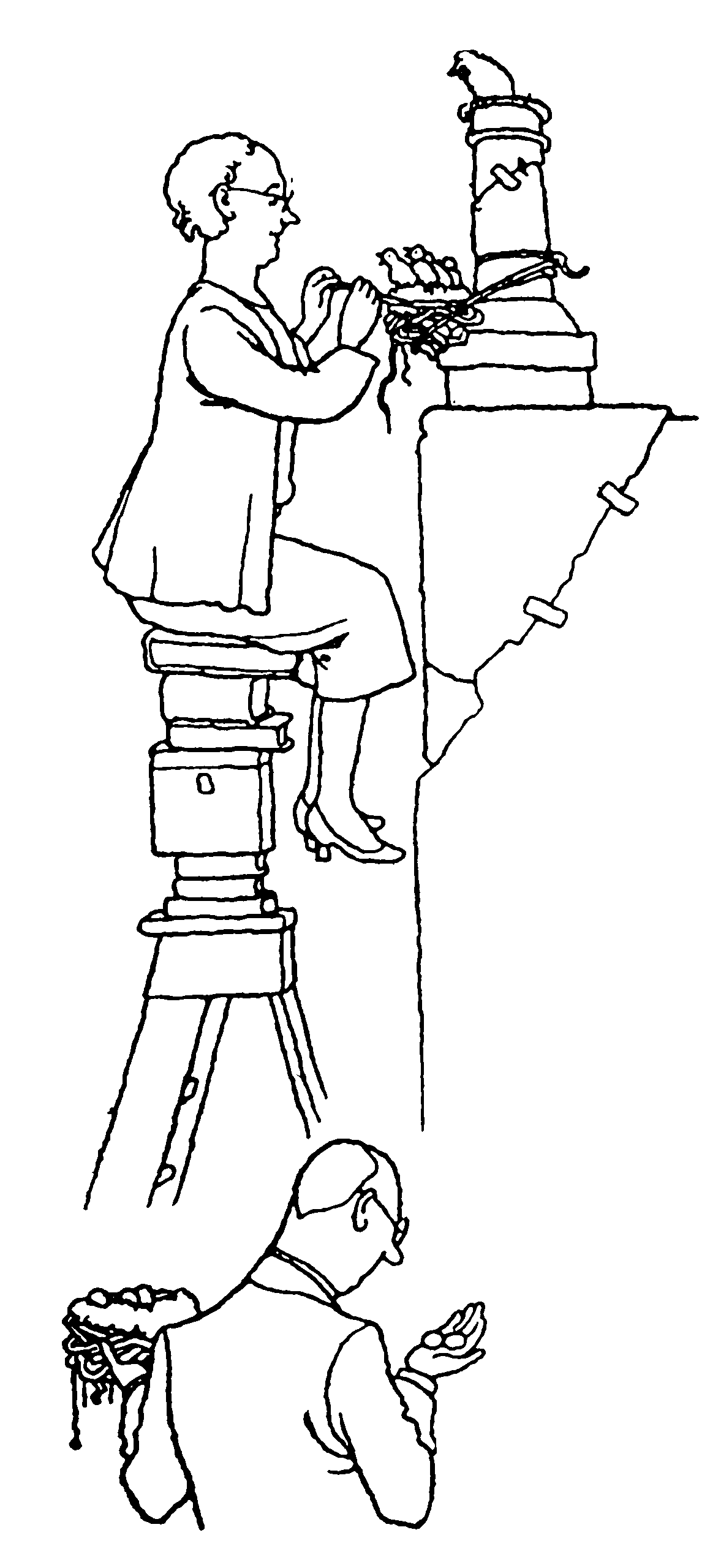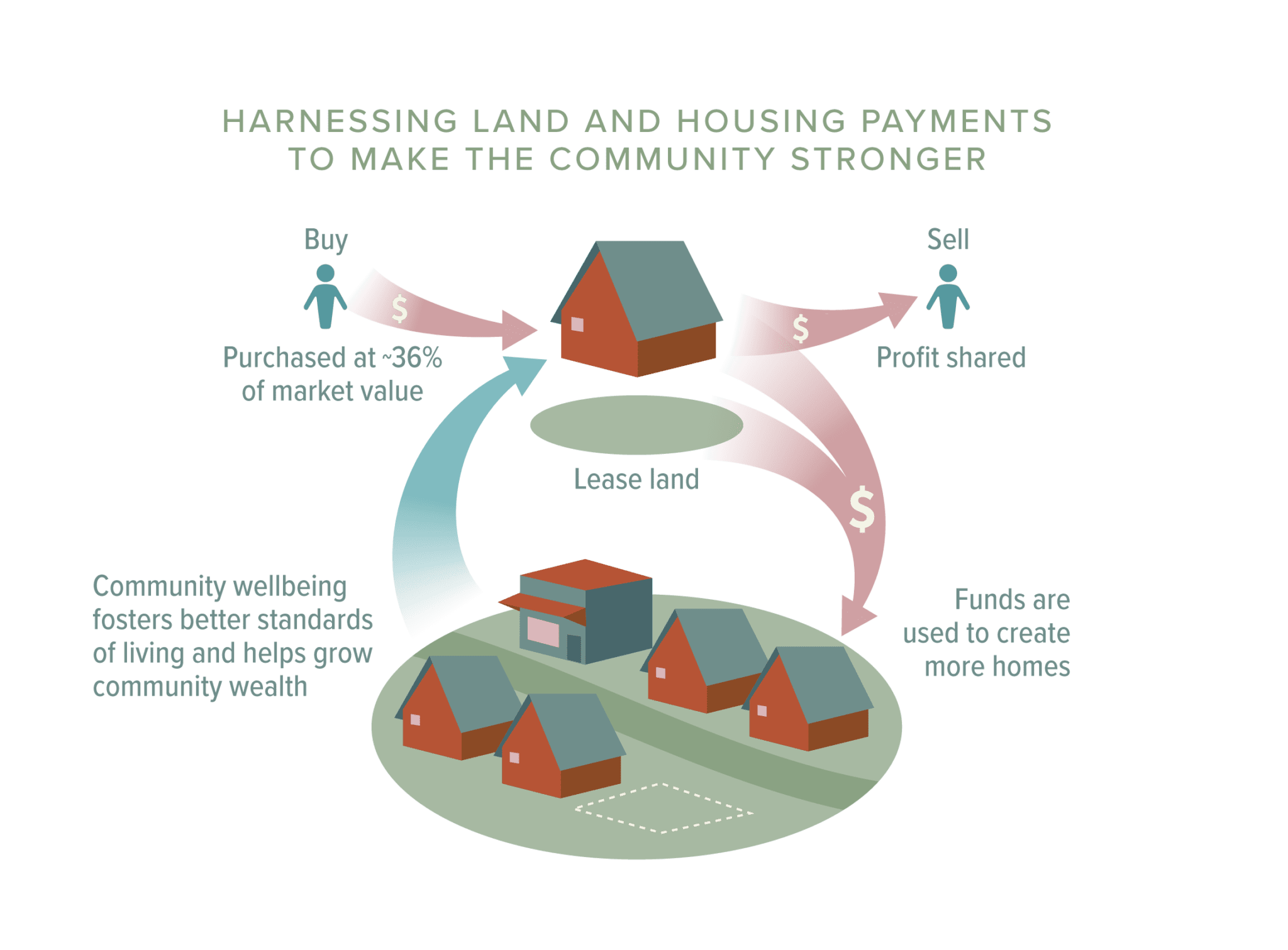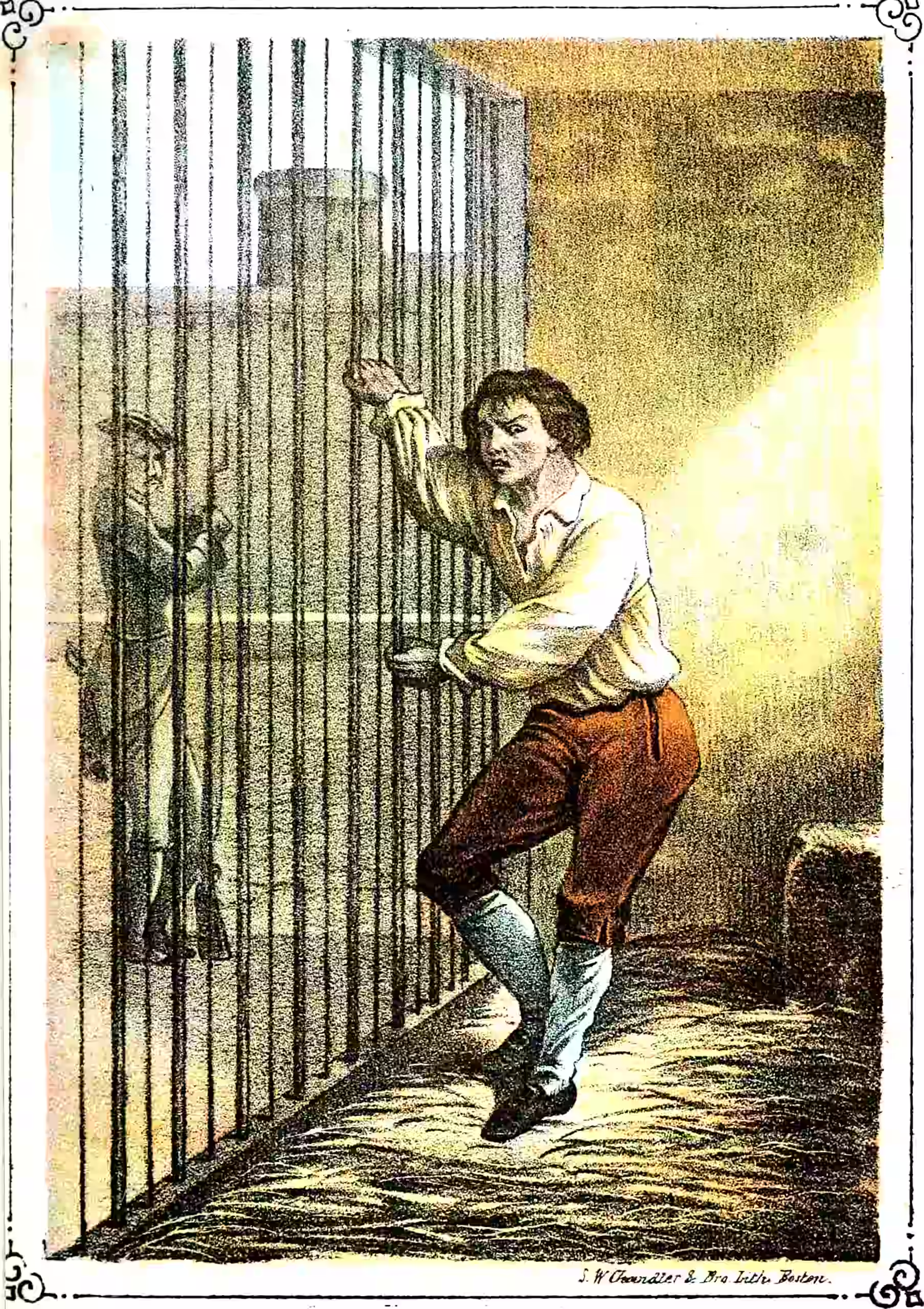Real estate economics
Passive-aggressive income
2022-01-24 — 2025-05-27
After much investigating housing markets in Australia, I wrote a post, the property market is pollution, to sum up my feelings about the real estate trap.
I’m convinced that the real estate market, as it is, is a huge problem. By incentivising people to invest their effort in owning land and then charging for its use, we are slowing everything else down. Just when the world needs dynamism and innovation, we are making it harder to start new things by driving up the costs of living and reducing access to space. The resemblance of this system to feudalism is troubling.
Ongoing notes in the theme of real estate over-investment considered harmful, a.k.a. Boomer bitcoin.
1 General
2 Georgism
Well, this is a thing, apparently: r/Georgism
Georgism (otherwise known as geoism) is an economic philosophy holding that the economic value derived from land, including natural resources and natural opportunities, should belong equally to all residents of a community, but that people own the value that they create themselves.
Most Georgists support:
- A broad-based land value taxation scheme, either to mostly or entirely replace existing harmful taxes on income, consumption, and corporations.
- The social redistribution of this revenue either directly, through a Citizens’ Dividend, or indirectly, through government programs, to citizens.
- Some (but not all) forms of market intervention by the state.
- The abolition of tariffs, quotas, patents, and other barriers to trade and commerce.
The Georgist paradigm crosses the left-right political divide. This means that there are statist, anarchist, progressive, and conservative Georgists.
So I suppose this impinges upon intellectual property as well as real estate pollution.
The Forgotten Philosopher Who Can Fix Our Economy
In 1879, George published a book titled Progress and Poverty, in which he built on the work of earlier liberals to argue that the Earth and its natural resources belong to mankind in common. Simply put, George believed that people own what they create with their labour. Because no one created the land, the land belongs to everyone in common. But the absolute necessity of land for human life, both to live and to work, allows landowners to extract immense amounts of wealth from workers and business owners by charging for access. This activity incentivizes speculation, prices people out of their homes, makes it more difficult to operate a business, and creates decaying cities and urban sprawl. When land is monopolized in this way, the rents it produces enrich the landowners at the expense of society and cause seemingly intractable poverty.
“The Great Enigma of Our Times”: Henry George’s Poverty and Progress
Georgism as tax reform: A change to America’s tax code could fix the housing crisis
Book Review: Progress And Poverty, a century-old classic on how landlords cause poverty.
Annie Lowrey, The housing shortage affects everything
The theory is catchy because housing costs really do affect everything. They’re shaping art by preventing young painters, musicians, and poets from congregating in cities. How many styles akin to the Memphis blues and Seattle grunge are we missing out on? Would the Harlem Renaissance or the Belle Epoque happen today? They’re shaping higher education, turning elite urban colleges into real-estate conglomerates and barring low-income students from attending. They are preventing new businesses from getting off the ground and are killing mom-and-pops. They’re making people lonely and reactionary and sick and angry.
3 NIMBYism
- Housing Medallions
- UC Berkeley and America’s Scarcity Mindset is a fascinating document of how California institutionalised NIMBY-scarcity
4 Not owning land considered OK
- In How I save money Sam Bowman argues against buying houses for reasons I mostly agree with, except that I do not think he sufficiently accounts for downside risk of being a landless peasant in a landed gentry society. If you intend to remain in, e.g. Australia, the landless scenario is worth considering.
- George on Housing Hubris
Community Land Trusts are a for-purpose development model focussed on key community needs. A CLT embeds perpetual affordability, sustainability and land stewardship into its core purpose.
The CLT uses a carefully-calculated, capped resale formula to determine the value of the house and land. This helps ensure that the price of housing remains far more aligned with the reality of wage growth and the rising cost of living. The result is that housing can be maintained as affordable over multiple generations.
Lower land and housing costs free up time for residents to tend to their home, nurture the land it sits on, and contribute to their community in meaningful ways.
Potential homeowners who are interested in joining a CLT are able to save a much smaller deposit than the broader market currently demands. By removing speculative profit from the equation, and reinforcing this with a solid constitution, land and housing are preserved for future generations.
The key point of difference with a CLT is the separation of the land from the building.
The resident only needs to borrow for the house, saving some 60% in the deposit required for a detached home. This also flows through to the mortgage interest payments over time.
Instead of paying interest on the land, a smaller land lease payment is made to the trust. This helps close the loop in land and housing payments, keeping money within community. This makes it stronger over time. The below infographic describes an existing CLT in action.
5 Australian context
One of the fascinating features of land economics in Australia is that the population overwhelmingly supports the status quo, despite the fact that it is not working for most of us, AFAICT. $8000m housing tax dumped by state government
- Guy Rundle: how to fix the housing affordability crisis
- How policies favouring rich, older people make young Australians Generation F-d (Pennington 2023)
- Australian families are giving up on the suburban dream, but are new apartments up to the job?
- Alan Kohler: Soaring house prices have changed society for the worse
6 Climate context
- Climate Valuation: Climate Valuation’s range of products provide individuals and commercial users quantitative insights into the impacts of climate risk on the value and insurability of residential property.
- The wealthy are hoarding liveable homes as climate change makes land uninhabitable
7 Incoming
Brendan Coates, Planning is the bottleneck to new housing | Inflection Points
Construction Physics’s Brian Potter on Real Estate, Property Rights, and Negotiation
Our normal intuitions about property are that when we buy something, we own it, and can more or less do anything we want with it. If I buy a table, I can put it in my dining room, put it in my garage, chop it into firewood, etc. But this obviously isn’t the case with real estate - if I buy a piece of land, especially one that’s anywhere near an urban area, there are a huge number of restrictions on what I’m allowed to build on it.
Serfing the Future? is a pro-suburbs, pro-remote-work take on housing ownership in face of rising prices. There are some good ideas in there, but they are not for me personally since I find suburbs tedious.
Oddball alternative model: Charter Houses
Inside Burj Al Babas, The Abandoned $200 Million Turkish Ghost Town
Jan Turowski on Schrebergärten.
How gentrification benefits long-time residents of low-income neighbourhoods
Particular Virtue: What’s Wrong With The Land Value Tax? (incentives of the land-owning elites are to destroy it)
Ryan Geddie, Essay Contest Winner: A Common Heritage
Coby Lefkowitz, Why Every Main Street Looks The Same
Coby Lefkowitz, A Call To Build A Better World
American cities are 70 percent suburban by area. What can architects do about it?
After gentrification, those who are pushed out of older, traditional neighbourhoods cannot afford to move to other urban areas. Instead, they seek affordability beyond the urban frontier in suburban zones. Gentrification is not pushing displaced individuals out into older, dilapidated urban areas where they can reclaim their public status as a coherent constituency. They are instead being pushed out into suburban oblivion. In the suburbs today, there is no public world for those disenfranchised by gentrification to reinhabit, notwithstanding the advent of virtual spaces. While those who enjoy the fruits of gentrification thrive, those who find themselves on the wrong side of the massive neoliberal income gap are pushed out into an isolated environment for which the brutal anonymity of the online world is no match.
Urban alternatives existed for previous generations, but that is no longer the case today. There are no urban alternatives. There are only the suburbs, whose deficiencies go far beyond a lack of a public existence. Today’s victims of gentrification are pushed into a totally privatized world defined by cultural, political, and economic exclusion. They occupy neighbourhoods in which the closest thing to urbanism is a rundown strip centre or a franchised service road off an interurban freeway. They enter the disempowering isolation of a privatized world. In the absence of mixed-use pedestrian streets or any other shared terrain, what remains of shared public spaces amounts to little more than unkempt parks, half-used parking lots, or empty athletic stadiums. In coming decades, as the proportion of suburban development reaches 80 and 90 percent in many metropolitan regions, it is the suburb, not the traditional city, that will most desperately require urban reform.
via The Pavilion of Dreams - by Drew Austin, who adds
Making real estate more valuable is increasingly a central function of cities, and more so the larger and more globally connected the city is. From this perspective, urban housing shortages are a feature, not a bug, and building more housing (for affluent tenants) is merely a way to provide investors and speculators with more material, rather than a way to ultimately accommodate everyone who wants to live in a given city.
The Texas M.U.D. Model - by Connor Tabarrok - Of All Trades
Texas has developed a reputation for fast-growing cities with relatively affordable housing. […] One key reason is a novel approach to financing and governance at the suburban fringe: the Municipal Utility District (M.U.D.) model. These special-purpose districts let developers create new communities from scratch by funding infrastructure with future residents’ taxes, effectively building whole neighborhoods on “spec” without burdening existing city budgets.
